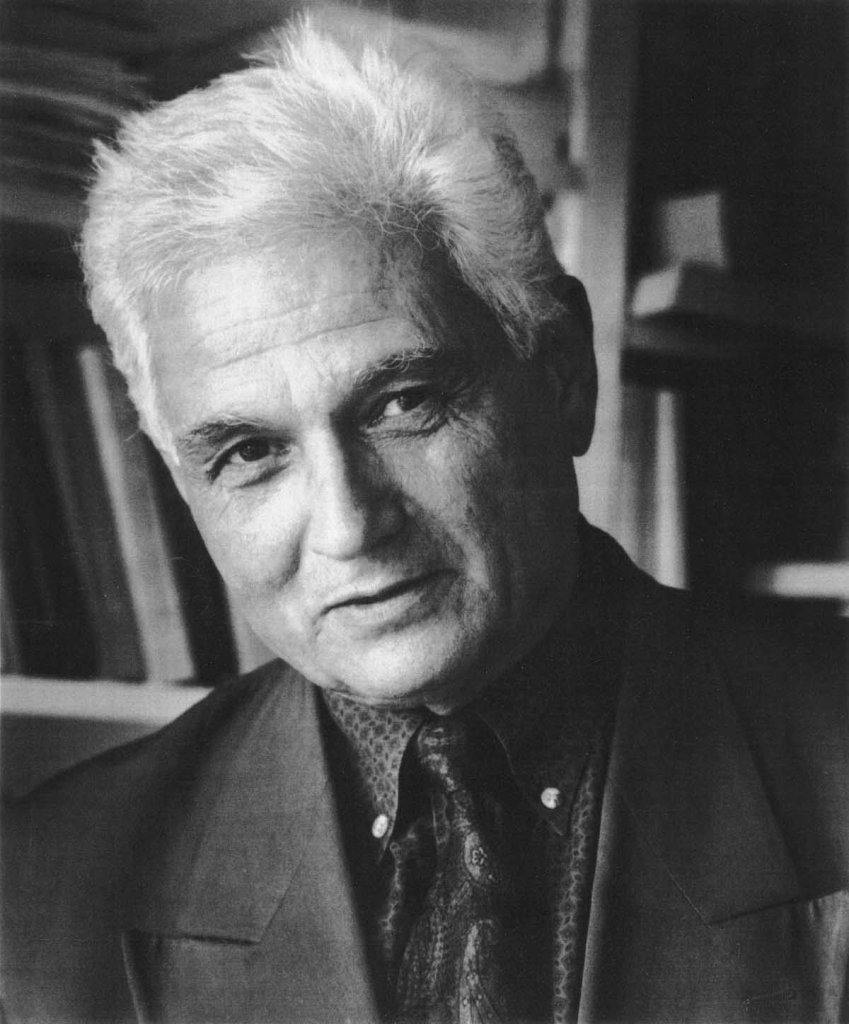By Ernest Cheung
The “deconstructivism” architectural movement appeared in the late 1980s. Unlike modernism which advocates concepts such as “continuity” or “organisation”, deconstructivism focused on avoiding these “constraints”, resulting in much more complex architectures that seem disassembled, lacking harmony or symmetry. Kind of like doodling versus drawing neat lines on a piece of paper. But like all major changes, deconstructivism’s appearance raised debates that are still discussed today, most of them pointed towards philosophies behind the movement.
For example, some believed deconstructivism is harming the architectural world because it’s “fundamentally destructive”, rejecting previous architectural concepts without giving clear values or rules to replace them. What’s more worrisome is the impact it’s going to bring upon future generations, unknown whether they’ll misinterpret and exaggerate certain components of deconstructivism (which will be clearly explained later on.)
Another perspective that disagrees with deconstructivism is that it intentionally causes discomfort and anxiety to the viewers, “an aggression to human senses”; architecture is meant to be customized and provide people with a unique experience, but never to hurt them. Of course, putting it this way is a bit of an overkill as some people wrongly interpreted deconstructivism.
Jacques Derrida, the French philosopher of Deconstruction, emphasized on “discovering values that are often overlooked”- not basing off our thoughts through theories or elements we considered to be absolutely true. In a nutshell, it’s to question everything there is to offer in hopes of getting something better. Same with deconstructivism (which is inspired from Derrida’s theory): it’s not simply to “deconstruct”, as in disassembling architecture and to rebuild them in another way, but a process of constant experimentation to examine the outcome when not following rules found in postmodernism or modernism, innovating the consequences into creating a different view for architecture. Rather than “destructive”, it’s more apt to describe deconstructivism as “unorthodox”.

Ironically, though deconstructivism was described as an architectural movement at the start of this passage, it’s technically incorrect to refer to it as so because architects still interpret it in many ways. Frank Gehry is one of the leading deconstructivist architects in the world, alongside other architects like Zaha Hadid. However, he never really classified himself as a deconstructivist nor agreed with that category in his works. His inspiration never came from Derrida’s theory, instead it comes from sources of artistic self expression like cubism. This resonates with a similar phenomenon in the visual arts world where the audience and the creator’s intention and interpretation doesn’t match up.
It’s also important to mention deconstructivism was never really treated seriously and was seen as a playful and contradictory style of building in architecture. However it does have its merits and its unique style is truly refreshing and ground breaking among all other architectural movements.
